The Palazzo Davanzati Museum in Florence reopened to the public this September, after six months of renovations and with a rearrangement of its displays – one which reveals treasures previously hidden, and encourages a closer look at some of the overlooked artists in the collection. Located in the city’s historic centre, the Palazzo represents a rare surviving example of a Florentine residence from the 14th century – midway between the medieval tower-house and the Renaissance palazzo. Originally constructed for the Davizzi family of merchants, the Palazzo was ceded to the Davanzati in 1578. It remained their home until the tragic death of Carlo Davanzati in 1838, after he jumped from the palace’s loggia.
In the late 19th century, the building was bought by restorer and antique dealer Elia Volpi, who was successful in recovering some of its original frescos during the period of neomedieval revival. This process of restoration set a trend in motion that has since become known as the ‘Davanzati style’, which refers to the imitation of the palace’s decorative motifs as part of the 20th-century renovation of numerous Florentine villas. The edifice was inaugurated as the Museum of the Ancient Florentine House in 1910, and reopened as a state museum with its present name in 1956.
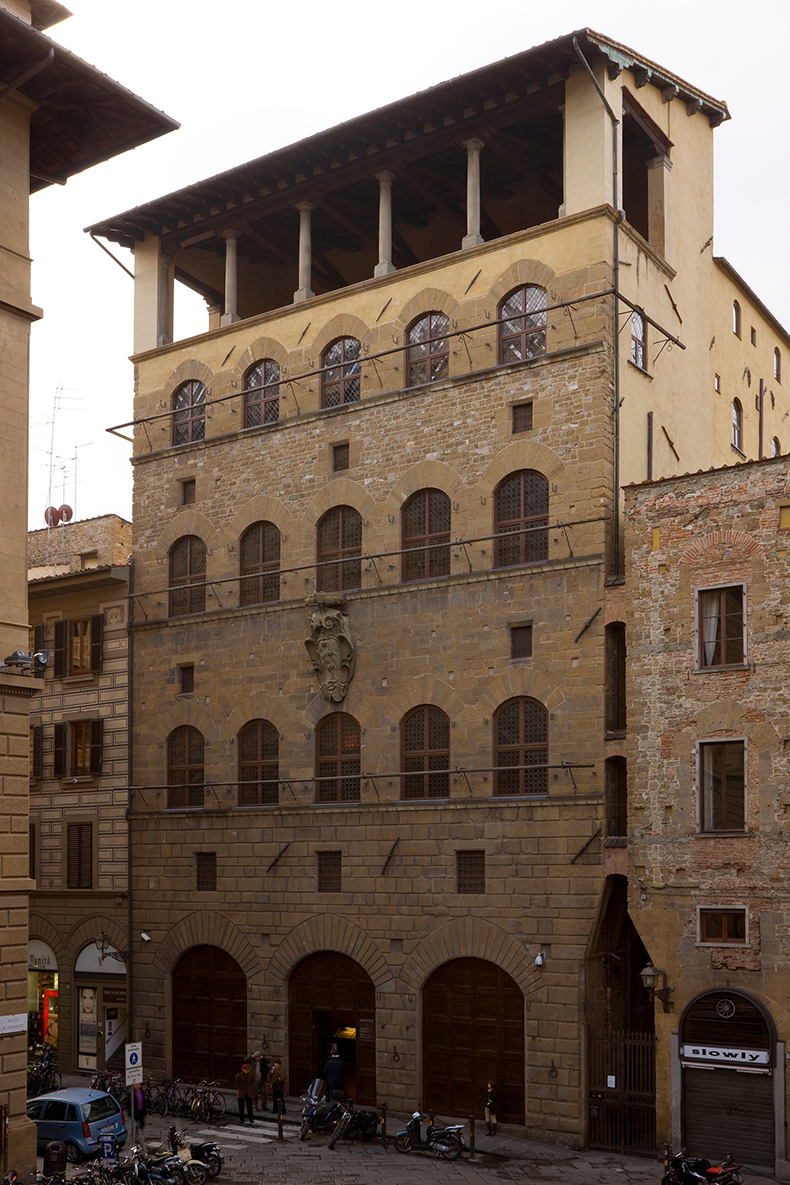
The Palazzo Davanzati, Florence. Photo: Courtesy Musei del Bargello, Florence
The complex history of the museum explains the eclectic nature of its collection. Following a ten-year structural renovation project that was completed in 2008, the building’s newest arrangement presents the palace as a museum of domestic arts rather than a reconstructed interior, taking visitors on a journey through time across its four storeys. The palazzo’s ground-floor loggia leads into its noble inner courtyard, scattered with reminders of the building’s previous history. The sculpted heads that decorate the pillar capitals are said to represent members of the Davizzi family, while the coats-of-arms relate to the Davanzati. The building’s first floor then covers the 14th and 15th centuries, while the second floor spans the 16th to 18th centuries. Each section presents a diverse collection of furniture, domestic objects, sculptures and small altarpieces. Among these are works by notable artists such as Mariotto di Nardo, Bicci di Lorenzo, Lorenzo Ghiberti and Andrea del Sarto.
The heavily restored, rich Renaissance wall decorations of the ‘Parrot’ and ‘Peacock’ rooms on the first floor are particularly resplendent. Taking its name from the parrots portrayed amid the geometric patterns that cover the walls, the Parrot Room is the only space that has retained its original 14th-century ceiling, consisting of decorated wooden beams. The Peacock Room also includes birds in the upper band of the wall decoration, but here they feature alongside the coats-of-arms of numerous Florentine patrician families that were linked to the Davizzi. Heraldic devices appear throughout the building, indicating the vast network into which the Davizzis wove themselves during the Renaissance period.

The kitchen at the Palazzo Davanzati. Photo: Courtesy Musei del Bargello, Florence
Another highlight is the kitchen of the palazzo, situated on the third floor – as was customary to quickly dispel any heat and so reduce the risk of fire damage to the living quarters below. Its entrance is flanked by a well, which drops down all four storeys of the building to aid access to water at all levels. Numerous kitchen utensils of Italian handicraft from across the ages are displayed, including a 17th-century pestle and mortar with the Medici arms. The room’s most striking element is a handwritten note on the wall of the kitchen recording the memory of Giuliano de’ Medici’s murder during the Pazzi conspiracy: ‘1478 A di d’aprile fu morto Giuliano de’ Medici in Santa Maria de’ fiore’.
Such scribbles feature across all the floors of the palace. During my visit, the museum tour guides report that they were the way in which family members left messages for one another. Yet I cannot help but wonder whether they might be linked to the use of the building by the Ufficio del Catasto in the 15th century and the Magistrato delle decime Granducali in the 16th century, both bodies that collected the tax declarations of citizens. Could it be that while awaiting their turn, citizens left their evidence of local news and feuds – and much more – on the walls that can still be read today?

A Game of Civettino (c. 1450), Lo Scheggia. Palazzo Davanzati, Florence. Photo: Wikimedia Commons (public domain) Photo: Courtesy Musei del Bargello, Florence
Next door, what was once a bedroom has been transformed into a kind of mini-museum dedicated to the work of Giovanni di ser Giovanni, known as Lo Scheggia (‘The Splinter’). Masaccio’s younger and less famous brother, this artist is better known as a woodworker than a painter. Numerous painted marriage chests are shown here; all were produced for important family occasions, such as marriages or births. This was the case for Lo Scheggia’s painted birth tray, a gift to the mother during her lying-in. Previously shown in a separate exhibition space in the ground floor loggia, and later in one of the bedrooms, this portrays both sacred and profane subjects. On one side of the dish, the artist has depicted ‘The Game of Civettino’, a traditional Florentine pastime in which players stood on each other’s feet, seeking to dodge each other’s blows. On the other side, re-discovered during a restoration in 1997, are two small naked children engaging in ‘forbidden games’: they pull on each other’s hair and genitalia, in an overt allusion to fertility.
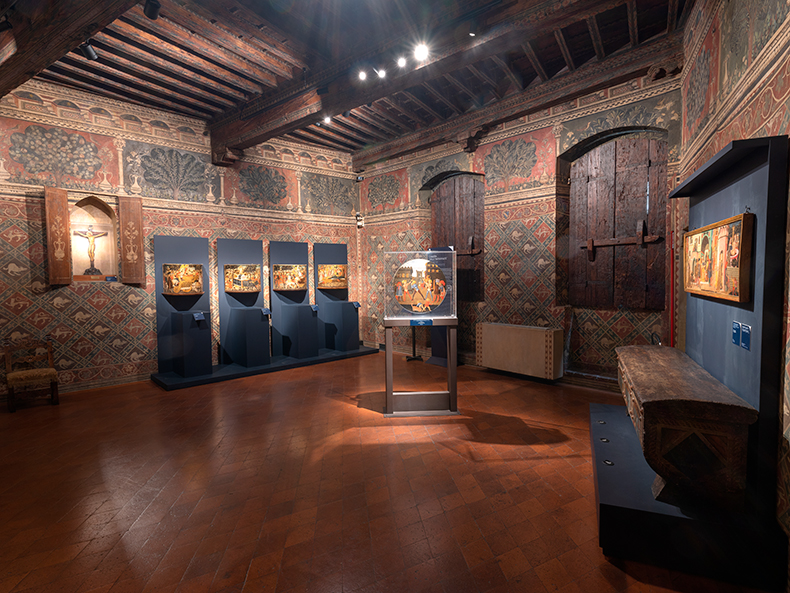
The Lo Scheggia displays at the Palazzo Davanzati. Photo: Courtesy Musei del Bargello, Florence
This tray now sits beside an equally curious collection of works by the artist, consisting of painted curved panels depicting the four triumphs – Eternity, Fame, Death, and Love – inspired by Petrarch’s series of short poems. They were recorded in the Medici Collection, and were perhaps commissioned by Lorenzo the Magnificent; the 2011 museum guide contends that they likely formed part of the wainscoting in the bedroom of Giuliano de’ Medici, the later Pope Clement VII, or else were decorative column covers. Members of the Medici family can be identified among the cortege in the ‘Triumph of Fame’, alongside Dante, Aristotle and Plato, all identified by a small inscription above their profile. All that is missing is an image of Lo Scheggia himself, who in this small room in a still relatively little-known palazzo stakes a claim to be numbered among the great Florentine artists.
Unlimited access from just $16 every 3 months
Subscribe to get unlimited and exclusive access to the top art stories, interviews and exhibition reviews.


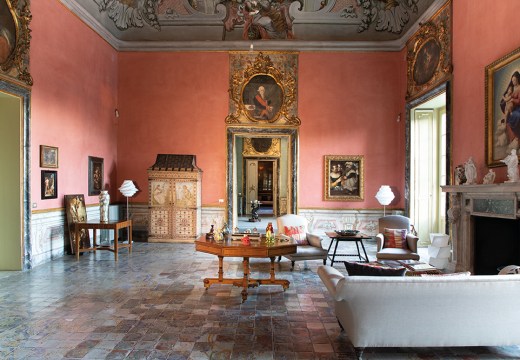
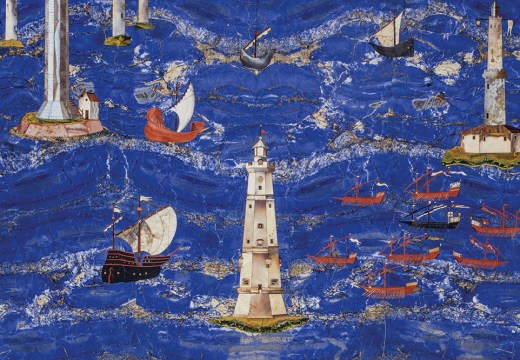
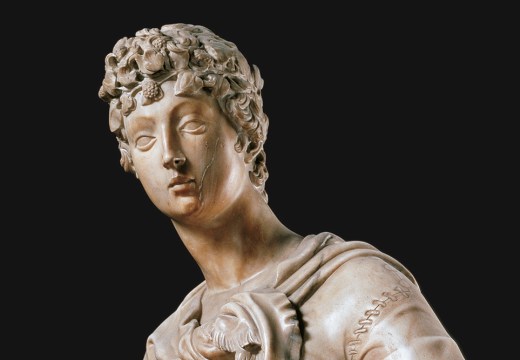









![Masterpiece [Re]discovery 2022. Photo: Ben Fisher Photography, courtesy of Masterpiece London](http://www.apollo-magazine.com/wp-content/uploads/2022/07/MPL2022_4263.jpg)
It’s time for the government of London to return to its rightful home